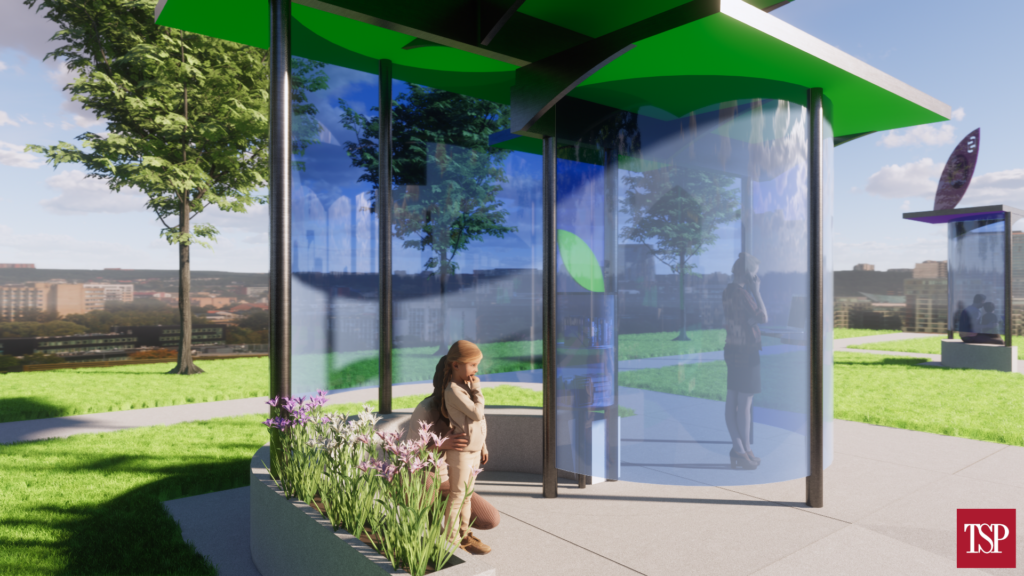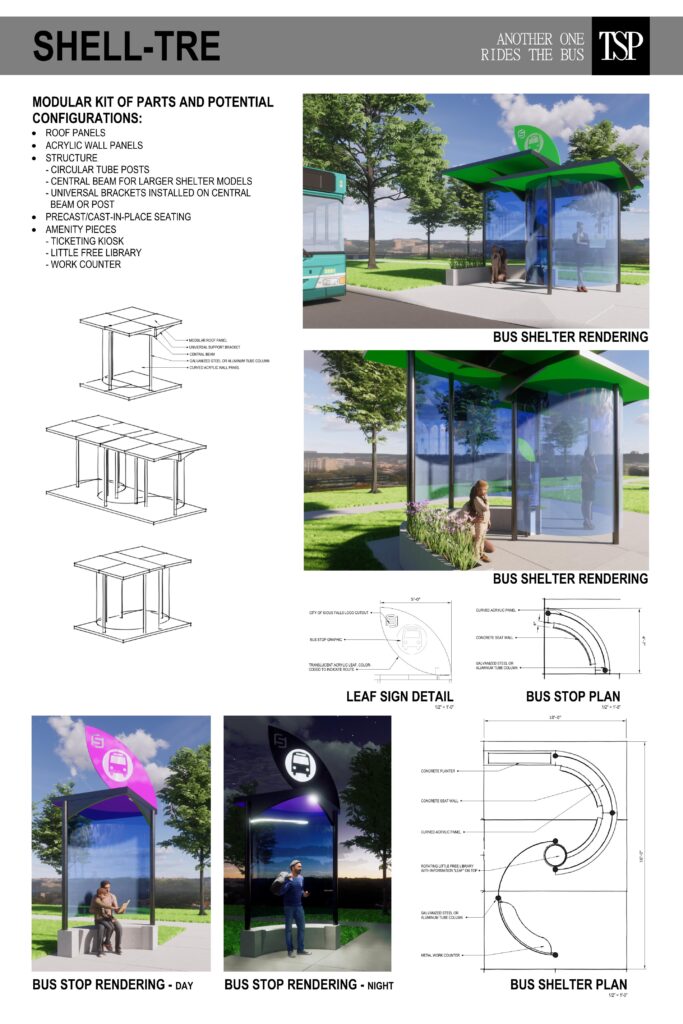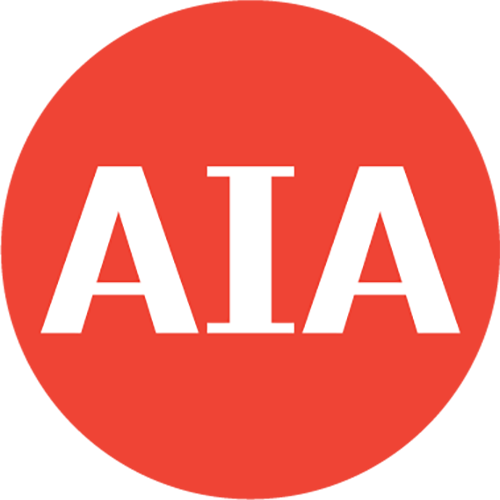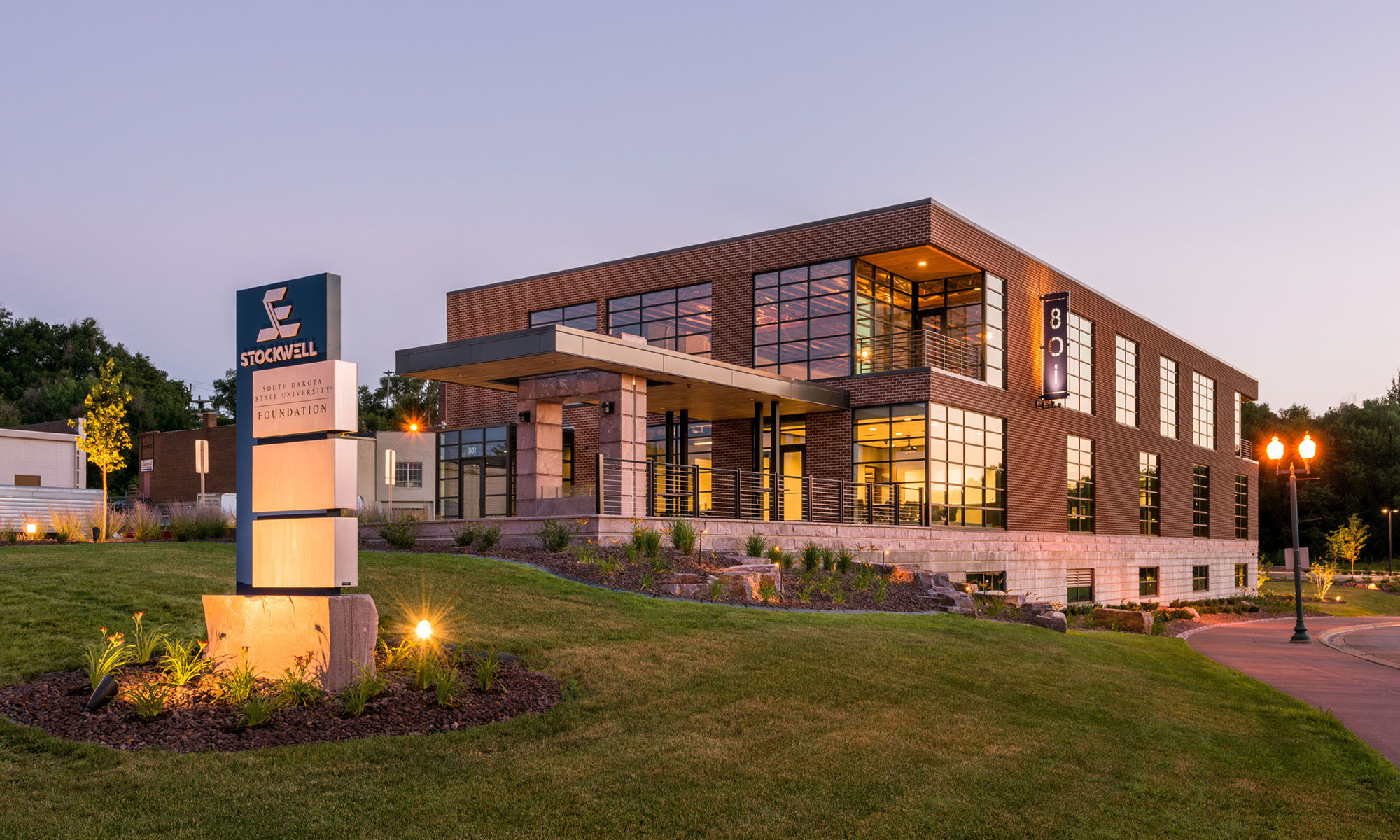Prototype Bus Stop & Shelter Design Competition
This summer architects, artists, designers, students, and community members participated in the Sioux Falls Design Center’s GO DESIGN bus stop and shelter design competition. The competition encouraged visions of what sustainable, functional, and creative bus shelters and stops could look like for the Sioux Falls community. As part of the larger GOING METRO project, it served as phase 3 in a series of events hoping to facilitate creative conversations about transportation as the City of Sioux Falls seeks to innovate its transit system.
This post is the first in a series, featuring the submissions to the GO METRO competition.

Project Title: Shell-Tre
Firm Name: Another One Rides the Bus (TSP, Inc.)
Team Member Names: Brenna Wiertzema, Sean Ervin, Chase Kramer, Michelle Klobassa, Evan Caldwell
To gain inspiration for our design, our team did precisely as our name suggests: We rode the bus. We started at a standard bus stop and exited at an existing bus shelter. This allowed us to observe a representative sample of the current bus system’s strengths and weaknesses. Formally, we decided to use a series of curves – abstractions of the Falls of the Big Sioux River – to provide shelter from natural elements such as wind, rain, sun, and snow. Utilizing a kit-of-parts approach, the bus-shelter and bus-stop elements are composed of roof, wall, structure, seating, and amenity pieces. These can be used interchangeably to create different stop and shelter configurations depending on the unique needs of each location.

We ultimately wanted to meet the following design goals:
- Provide amenities to attract a wider variety of users and give those who are waiting a positive experience.
- The inclusion of a Little Free Library within the bus shelter offers a natural opportunity for adults and children to discover a new book and enjoy some leisurely reading as they wait and ride.
- A standing-height work counter allows the busy professional to continue “getting the job done” while they wait. Charging stations and Wi-Fi also mean riders can keep crushing candy or answering e-mails as they see fit, without the fear of losing power or access.
- Integrated planter modules reinforce a human connection to nature and soften up the urban hardscape that tends to surround bus shelters.
- Provide shade/cover.
- A solid roof protects from sun and precipitation. It’s a significant upgrade from the greenhouse-type roof at existing shelters that can cause overheating. The solid roof also is a feature of the single-stop design improving greatly upon current stops that provide no protection at all.
- Curved wall panels are positioned and arranged at each stop or shelter to protect from prevailing winter wind direction. In the shelter module, a rider can choose either side of the S curve created by wall panels as the wind shifts.
- Provide safety for riders.
- The orientation of the curved wall panels allows for very open entrance and exit procedures. It also promotes a welcoming atmosphere while allowing for social distancing. This improves upon the single entry/exit of existing shelters that can easily be blocked, potentially trapping someone inside.
- Integrated lighting provides night-time security and visibility while incorporating the integrated signage of the stops and shelters.
- Integrated signage.
- The leaf signage is a nod to the SAM logo and inspiration behind the concept name of Shell-Tre, a fun twist of a European-type spelling of the basic program of the project. The color of the leaves represents the route serviced at each specific location. It is a simple yet bold visual identifier that will be more evident than the existing small post-mounted signage. Inside the shelters, another leaf element serves as the basis for more detailed route information.




The Communication Committee is comprised of volunteers of AIA South Dakota and are dedicated to the mission of the Blueprint South Dakota blog. Our goal is to build strong South Dakota communities and to connect ideas and expertise to address challenges in our state. Through the curated content of this site, we want to find a blueprint for better cities and towns.


